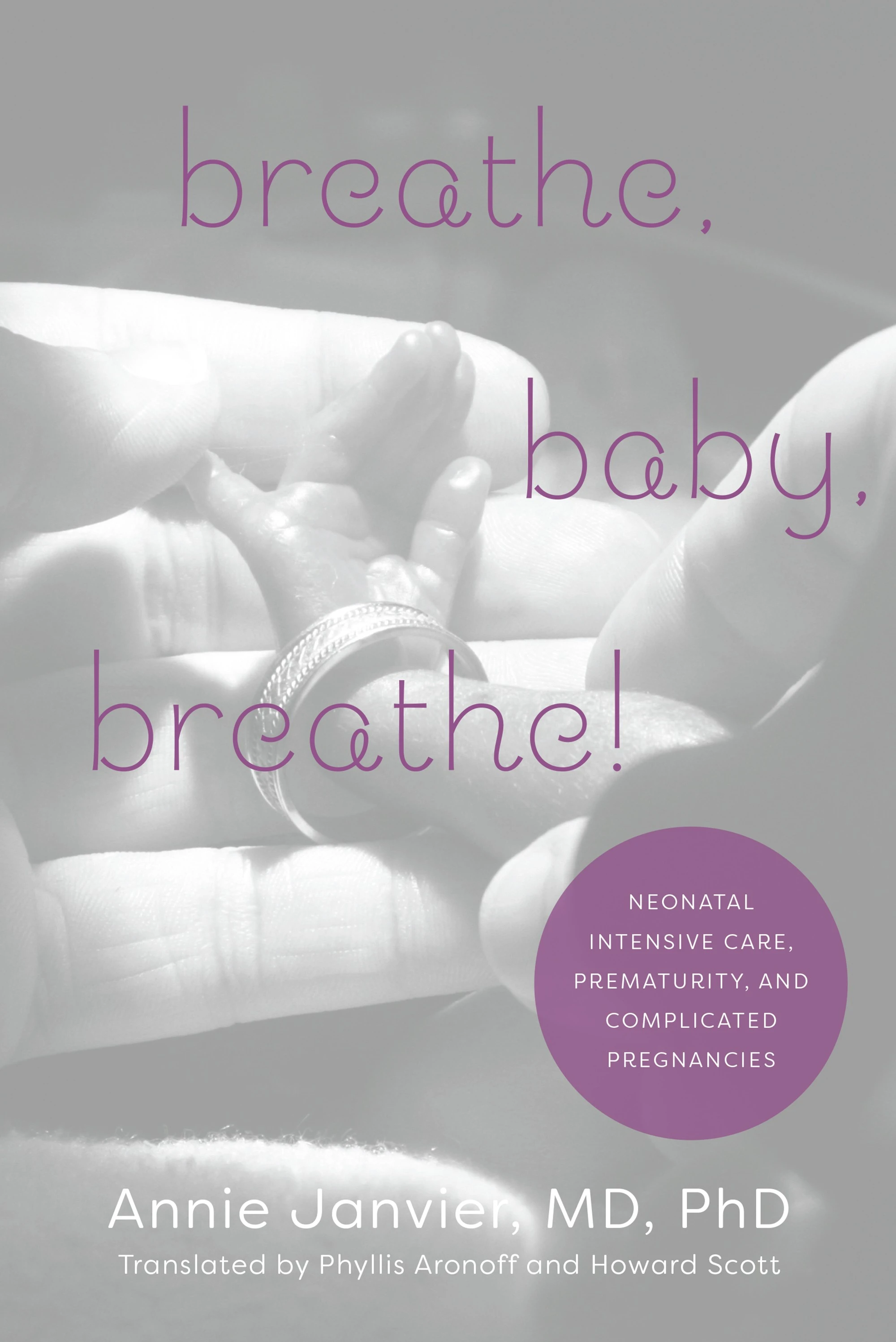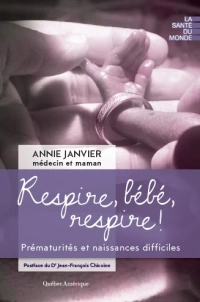I would never have actually thought to ask the question whether platelet transfusion might close the PDA, although early thrombocytopenia is associated with persistent PDA, and platelet plugs seem to be part of the mechanism of closure. A group in India have just published an RCT in preterm infants with a PDA (hemodynamically significant, whatever that means) who had a platelet count under 100,000. Kumar J, et al. Platelet Transfusion for PDA Closure in Preterm Infants: A Randomized Controlled Trial. Pediatrics. 2019. Gestational age averaged 30 weeks, and they were enrolled at a mean of 3 days of age. Median time to PDA closure was identical in the group randomized to receive transfusion (10, 15 or 20 mL/kg depending on the count) and the control group, at 72 hours in each group, data based on repeated echo every 24 hours until closed. All babies received ibuprofen or acetaminophen also. 44 babies were enrolled, and of the 22 in the transfusion group there were 9 new IVH (4 severe, grade 3 or 4) after enrolment, compared to 2 new IVH among the controls, (both severe).
In the much older study by Maureen Andrew and colleagues, (Andrew M, et al. A randomized, controlled trial of platelet transfusions in thrombocytopenic premature infants. The Journal of pediatrics. 1993;123(2):285-91). Preterm infants with a platelet count less than 150,000 were randomized to be transfused or not. 12/78 transfused babies developed a serious grade 3 or 4 IVH, and 9/79 controls. The 33% increase in IVH was “not statistically significant” they said, but as you all know that doesn’t mean that it isn’t real!
In the recent PLANET2 trial there were more serious bleeding episodes in the transfused babies than in the controls, and apparently most of them were IVH, I don’t have access to those numbers, but whatever they are, the effect appears to be in the same direction.
I would like to see a meta-analysis, which would have some limitations given the 3 different thresholds in those 3 trials (which are as far as I know the only RCTs of platelet transfusion at different thresholds), but if the PLANET2 data are indeed consistent, and with a much greater power than the 2 other small trials, that would be very powerful data. It would confirm that not only are platelet transfusions in general ineffective in preventing bleeding at these 3 threshold levels, but they likely increase the risk of IVH.
Why would that be the case? It may be that transfusing adult platelets to babies with newborn plasma, which is already hypercoagulable, causes the effect, either by capillary damage, or by causing infarctions which then become hemorrhagic, or some other mechanism. It could just be the effect of volume expansion, which can certainly cause lesions in newborn beagle puppies (see Laura Ment’s studies from the 80’s and 90’s), and many observational studies that have correlated volume expansion with IVH. Platelets are often given somewhat faster than red cell transfusions, (it does not appear to have been specified inPLANET2, the dose was 15 mL/kg, but the duration isn’t mentioned in the protocol) often over 1 hour. Volume expansion is also probably more effective than with saline, much of which rapidly leaks out of the circulation. I think either some impact on overall coagulation/anticoagulation balance or hemodynamic changes, or both, may be responsible for the apparent increase in IVH.









Is newborn plasma hypercoaguable? PT And APTT are longer in normal neonates compared to older children. Also Vit.K dependant clotting factors are normally deficient
Newborn plasma is very hypercoagulable; despite the prolonged PT and PTT in the lab, whole blood clotting is more rapid, mostly as a result of low levels of anti-protein C, anti-protein-S and AT-3. This means that thrombotic complications are much more common in the newborn than at other ages. In healthy full term babies there is a balance between pro-and anti-coagulant activity, which is different to the balance in the more mature patient, but is easily deranged, especially with increased coagulability being frequent, an important consideration in the pathogenesis of neonatal stroke. In the preterm the balance is towards increased coagulation, but again very easily disturbed with both hemorrhagic and throbotic phenomena being common. A much higher proportion of preterm babies have thrombotic complications than hemorrhagic, and some hemorrhagic complications are frequently, probably, a secondary result of venous infarction, such as PVHI.
This is why giving adult platelets to a baby with hypercoagulable plasma is potentially a serious pro-thrombotic risk.